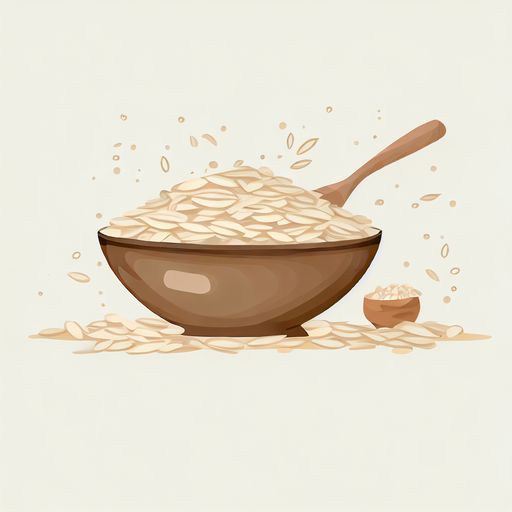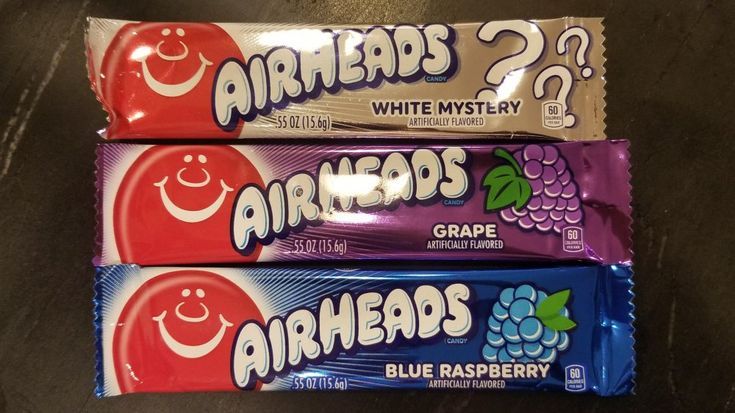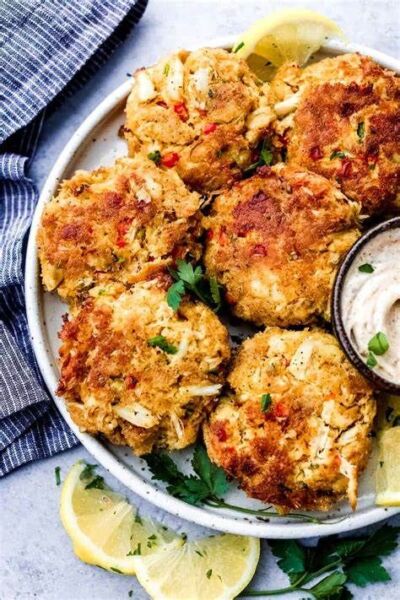Naan Vs. Roti: What is the Difference?
Indian cuisine is loved around the world for its complex medley of spices that create rich and flavorful dishes. But the appreciation for Indian food goes beyond curries and samosas. Indian breads like naan and roti are baked goods that complement meals and often steal the spotlight.
As someone who loves to cook Indian food at home, I was curious about the differences between these two popular Indian flatbreads. After researching traditional recipes and cooking methods, the distinctions became clear. While naan and roti are both unleavened breads made from flour, water and cooked on a hot surface, their ingredients, texture and how they are prepared set them apart.
Indian Flatbreads
Flatbreads are an integral part of traditional Indian meals. From stuffed parathas for breakfast to flaky rumali rotis served alongside rich curries, there are many varieties made throughout India.
Some common ways flatbreads are cooked in Indian cuisine include:
- Baked in a tandoor oven
- Fried on a tava or griddle
- Steamed
- Slapped onto the walls of a hot tandoor
The main difference comes from the type of flour used. Breads can be made with whole wheat flour (atta), refined flour (maida) or a combination of the two. Regional recipes also vary in what ingredients are added to the dough or how the flatbread is prepared before cooking.
What is Naan?
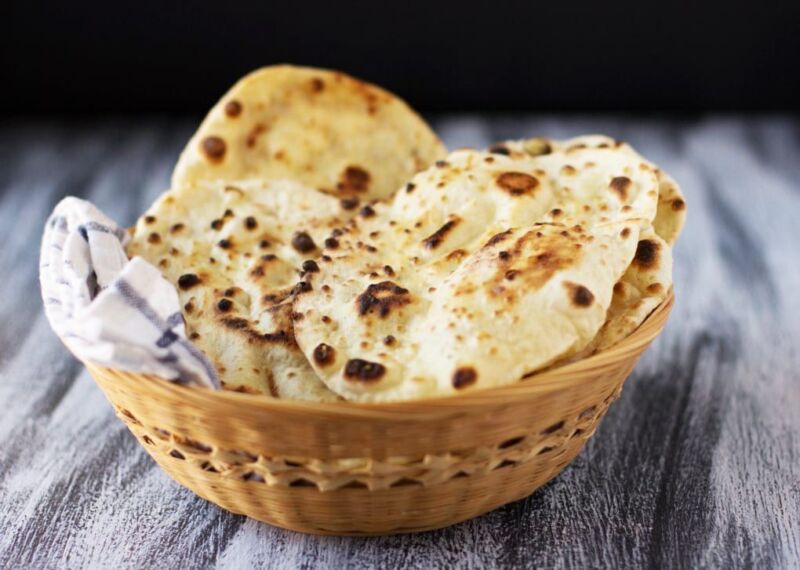
Naan is a popular Indian flatbread that is soft, chewy and slightly charred. It is one of the most recognized Indian breads globally. Here are some key characteristics of naan:
- Made from maida (refined white flour) which gives it a fluffy texture
- Leavened with yeast before baking
- Cooked in a tandoor oven, which exposes it to high heat
- Has a chewy interior encased in a crispy outer layer
Traditional recipes call for naan dough to be made from white flour, yeast, yogurt or milk, and ghee or oil. The dough is kneaded and set aside to proof. Then it is rolled into flattened rounds and stuck to the hot walls of a blazing tandoor oven.
Popular flavors include:
- Plain
- Butter or ghee
- Garlic
- Stuffed with spices, meats or cheeses
What is Roti?
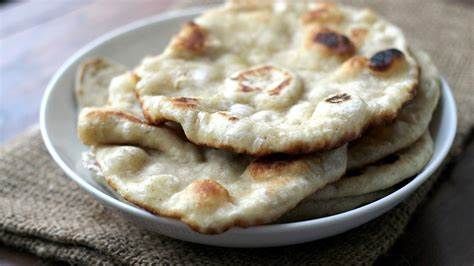
Roti is another essential Indian flatbread. It is thinner and smaller than naan. Here are some characteristics of roti:
- Made from whole wheat flour (atta)
- Unleavened
- Cooked on a flat griddle called a tava
- Has a dense, coarse texture
The roti dough is prepared simply with whole wheat flour, water and a pinch of salt. It is kneaded and set aside to rest before being rolled out thinly. Rotis are cooked on a dry tava, flipped a few times, until faint brown spots appear.
Some varieties of roti include:
- Tandoori roti – cooked briefly in a tandoor
- Rumali roti – large thin sheets used for wraps
- Phulka – parcooked then roasted over an open flame
Key Differences Between Naan and Roti
While naan and roti are both Indian flatbreads, they have distinct qualities that set them apart. Here are some of the main differences:
Dough Composition
Naan dough is leavened with yeast which allows it to puff up soft and chewy when baked. Roti dough is unleavened and relies solely on whole wheat flour for structure and texture.
Texture
Naan has a soft, chewy, and spongy texture due to the gluten development and leavening. Roti is more dense and coarse, though still somewhat chewy due to the gluten in the whole wheat flour.
Thickness
Naan is typically thicker than roti, with a pizza-like doughy interior encased in the crispy outer layer. Roti is rolled out much thinner, often translucent when held up to light.
Cooking Method
Naan is baked and stuck to the hot walls of a tandoor oven. This high intense heat helps it puff up and char. Roti is cooked on a flat griddle and flipped a few times to cook through.
Flavor
Naan can be flavored with yeast, yogurt, ghee, herbs and spices. Roti has a milder wheat flavor and is often served alongside flavorful curries and stews.
How to Make Naan and Roti at Home
With the right techniques, making homemade naan and roti is very achievable without a professional tandoor oven.
Naan Recipe
This basic naan recipe produces the soft, puffy and slightly charred flatbread we love. Make sure to use instant yeast instead of active dry.
Ingredients:
- 2 cups plain flour
- 1 teaspoon instant yeast
- 1 cup warm water
- 2 tablespoons yogurt
- 1 tablespoon ghee or oil
- Pinch of salt
Directions:
- In a large bowl, combine the flour, yeast and salt.
- Add water, yogurt and ghee. Mix until combined into a shaggy dough.
- On a clean surface, knead dough for 5-10 minutes until smooth and elastic.
- Coat with oil and set aside to rise for 1-2 hours.
- Once doubled in size, divide into balls and roll out into oval shapes.
- Cook each naan for 2-3 minutes per side on a lightly oiled hot skillet over medium-high heat.
Roti Recipe
Make homemade roti with just a few ingredients and a cast iron skillet.
Ingredients:
- 2 cups whole wheat flour
- 1/2 teaspoon salt
- Water
Directions:
- In a bowl, mix together flour and salt.
- Add water a little at a time and knead into a firm, smooth dough.
- Cover and let rest for 30 minutes.
- Divide dough into small balls and dust with flour.
- Use a rolling pin to roll out balls into thin rounds.
- Cook each roti for 1-2 minutes per side on a hot cast iron skillet.
Naan and Roti Are Both Delicious
While naan and roti are prepared differently and have distinct textures, both flatbreads have rightful places in Indian cuisine. Whether you prefer the soft puffiness of naan or hearty wheat flavor of roti, incorporating homemade versions can bring an authentic touch to your Indian meals.
The next time you crave Indian food, give making your own naan or roti a try! With the right techniques and ingredients, you can achieve delicious results right from your kitchen.


